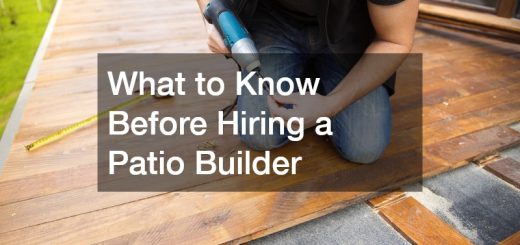Fireplace Maintenance Tips From Local Fireplace Shops
A fireplace adds warmth, comfort, and charm to any home. Whether you rely on it for heat during cold months or simply enjoy its cozy ambiance, regular maintenance is essential to keep your fireplace safe and efficient. Many homeowners underestimate how much care their fireplaces need until problems like poor drafts, smoke buildup, or soot stains arise. Fortunately, professionals at local fireplace shops emphasize that simple, consistent upkeep can extend the life of your unit and prevent costly repairs.
Below are essential fireplace maintenance tips gathered from experts at trusted fireplace shops to help you keep your hearth in peak condition all year long.
1. Schedule an Annual Chimney Inspection
Even if your fireplace looks fine on the surface, hidden issues can develop inside the chimney or flue. A yearly inspection is the cornerstone of proper fireplace maintenance.
Certified chimney sweeps and technicians can identify blockages, cracks, and buildup of creosote—a flammable byproduct of burning wood.
Creosote is particularly dangerous because it can ignite and cause chimney fires. During an inspection, a professional checks for signs of deterioration, measures creosote levels, and ensures that your damper and chimney cap are in good shape. Local fireplace shops often offer referrals to certified chimney specialists or include inspection services as part of their maintenance packages.
By catching problems early, you save money on repairs and reduce fire risks while keeping your system running efficiently.
2. Clean the Fireplace Regularly
Keeping the fireplace clean is one of the simplest yet most effective maintenance habits. After every few fires, remove ashes from the firebox once they’ve completely cooled. Leaving too much ash behind can restrict airflow, making future fires harder to start and control.
To clean, use a metal shovel and bucket specifically for ashes, and avoid vacuuming them until you’re sure there are no hot embers left. Wipe down the hearth and glass doors with a damp cloth to prevent soot from staining surfaces.
For deeper cleaning, mix warm water with a bit of vinegar or mild dish soap to remove stubborn smoke stains. Be sure to avoid abrasive materials that can scratch glass or stone.
3. Check and Maintain Chimney Caps and Dampers
Chimney caps and dampers play crucial roles in protecting your fireplace. A cap prevents debris, rain, and animals from entering the flue, while the damper regulates airflow. Over time, both can rust or become damaged due to exposure to the elements.
Inspect these parts at least twice a year. If you notice corrosion, blockages, or loose fittings, have them replaced promptly. Many homeowners consult local fireplace technicians or visit fireplace shops for high-quality replacements and installation advice. Investing in durable materials such as stainless steel caps can prevent future issues and save money over time.
4. Burn the Right Kind of Wood
The type of wood you burn greatly affects how cleanly your fireplace operates. Always use seasoned hardwoods like oak, ash, or maple. These woods burn hotter and more efficiently, producing less creosote and smoke. Avoid green or damp wood, which releases more moisture and contributes to soot buildup inside your chimney.
Never burn treated lumber, painted scraps, or trash, as these materials release toxic fumes and can damage your fireplace’s interior. Stack your firewood in a dry, covered area outside to keep it well-seasoned and ready for winter use.
5. Inspect Smoke and Carbon Monoxide Detectors
Every home with a fireplace should have working smoke and carbon monoxide detectors nearby. These devices provide critical safety alerts in case of smoke backup, gas leaks, or improper ventilation.
Test them monthly and replace batteries at least once a year. If your fireplace is gas-powered, make sure your ventilation system is inspected regularly to prevent carbon monoxide buildup. Keeping your detectors functional is one of the simplest and most effective ways to protect your family.
6. Maintain Gas Fireplaces Properly
If you have a gas fireplace, maintenance looks a bit different but is equally important. Dust, pet hair, and debris can clog vents and affect performance. Turn off the gas before cleaning and remove the glass panel carefully to wipe away any buildup.
Inspect gas logs for wear and ensure the pilot light burns steady and blue. If you see yellow or flickering flames, that could indicate a blockage or imbalance in the gas line. Schedule professional servicing annually to check for leaks and confirm that all connections are secure.
Local fireplace professionals often carry manufacturer-approved cleaning kits, replacement glass, and compatible gas components to make this process safer and easier.
A well-maintained fireplace not only keeps your home warm but also adds timeless beauty and comfort. By following these expert tips from local fireplace shops, you can prevent safety hazards, extend your fireplace’s lifespan, and enjoy worry-free fires year after year.
From annual inspections and chimney care to using proper firewood and ensuring ventilation safety, consistent upkeep is the key to keeping your fireplace both functional and beautiful. Whether you handle small maintenance tasks yourself or rely on professional assistance, investing time and attention into your fireplace today will reward you with countless cozy nights in the future.



